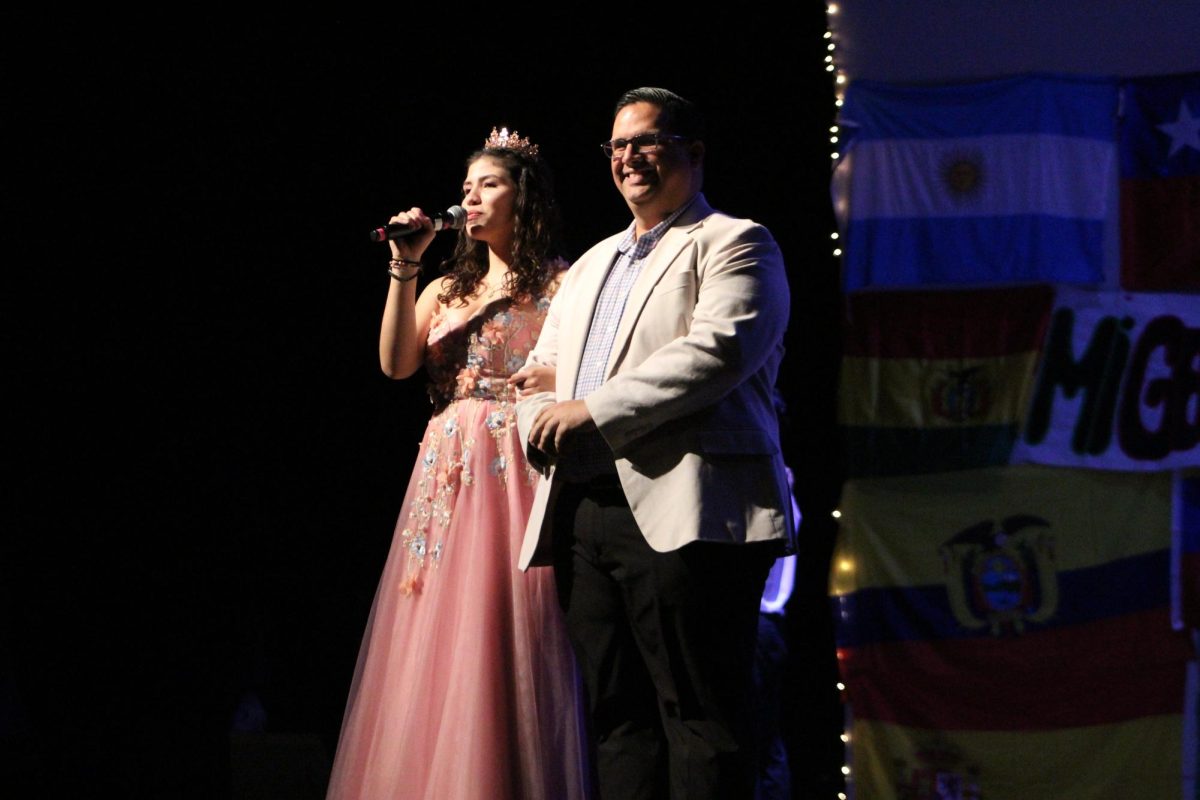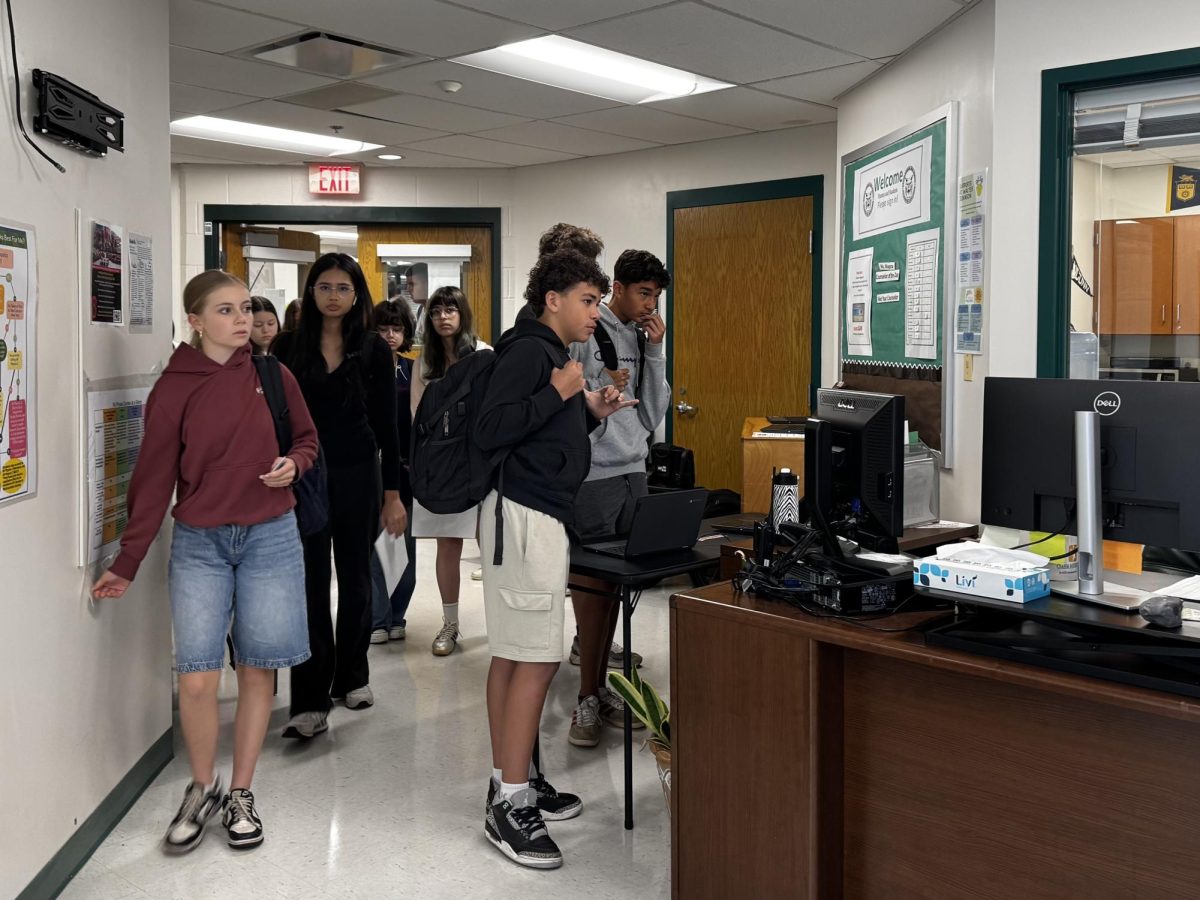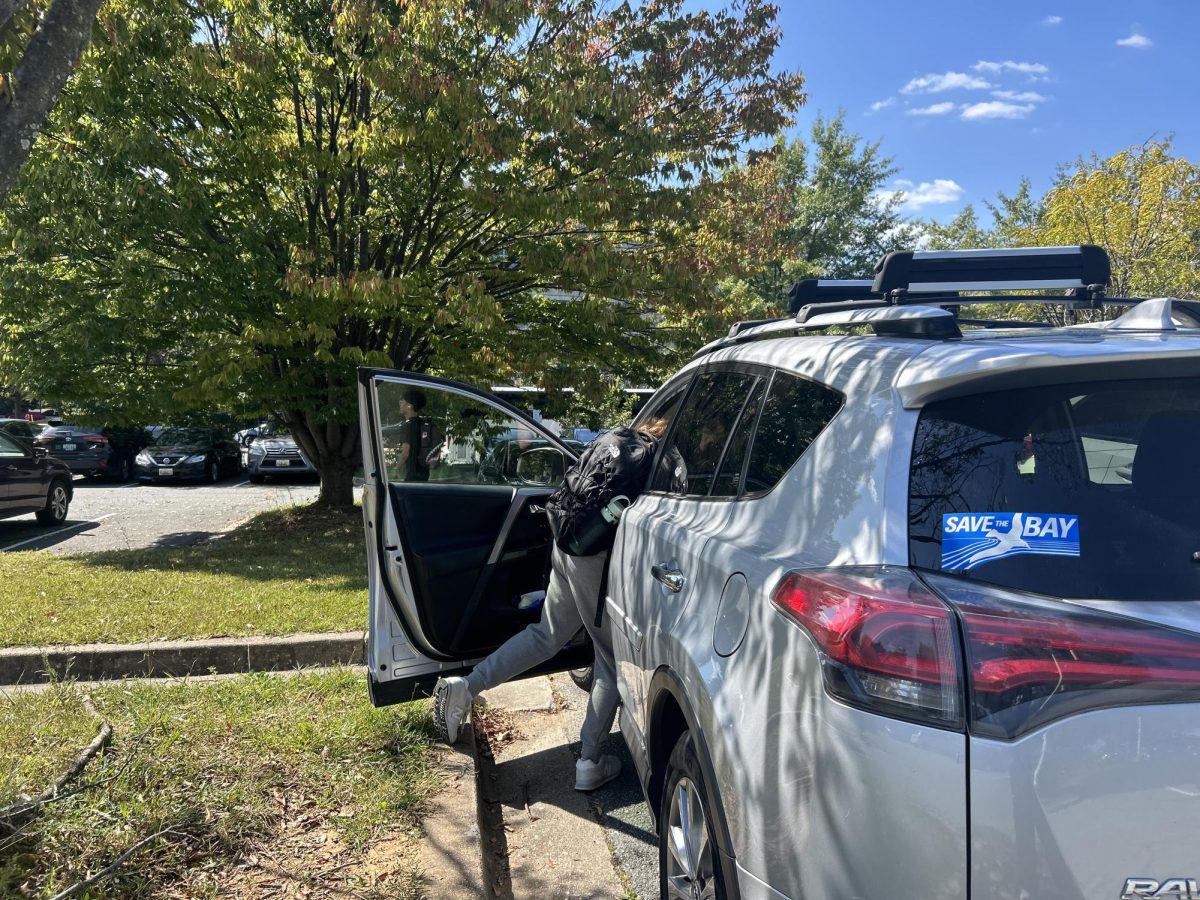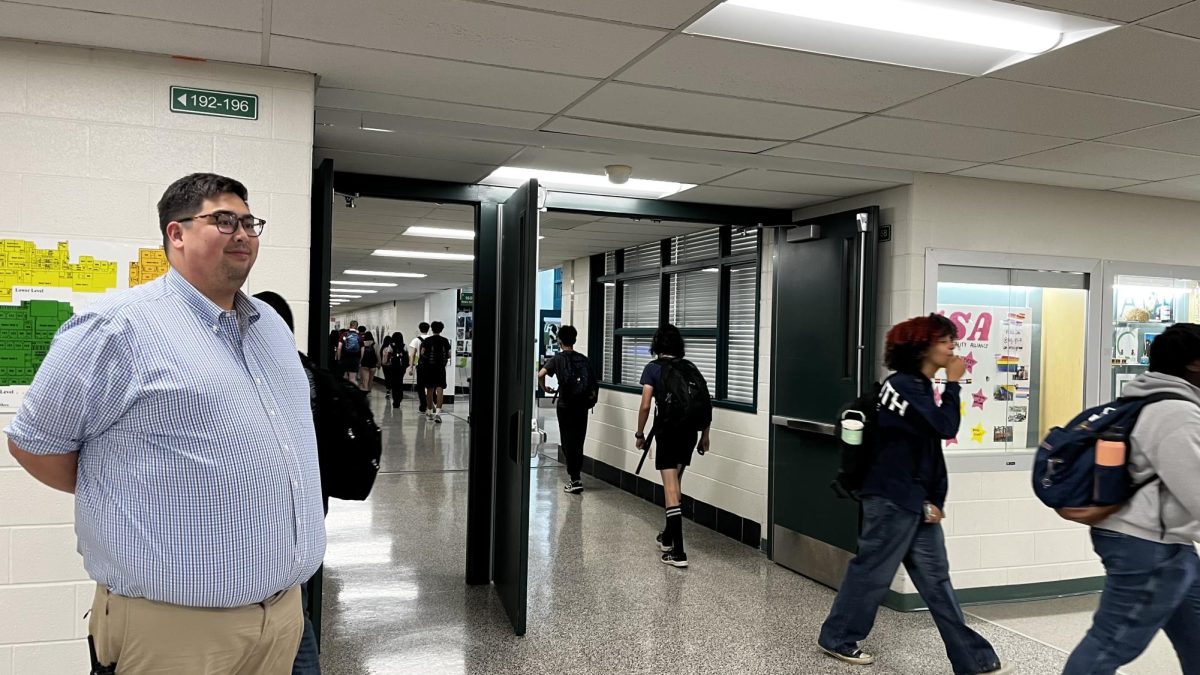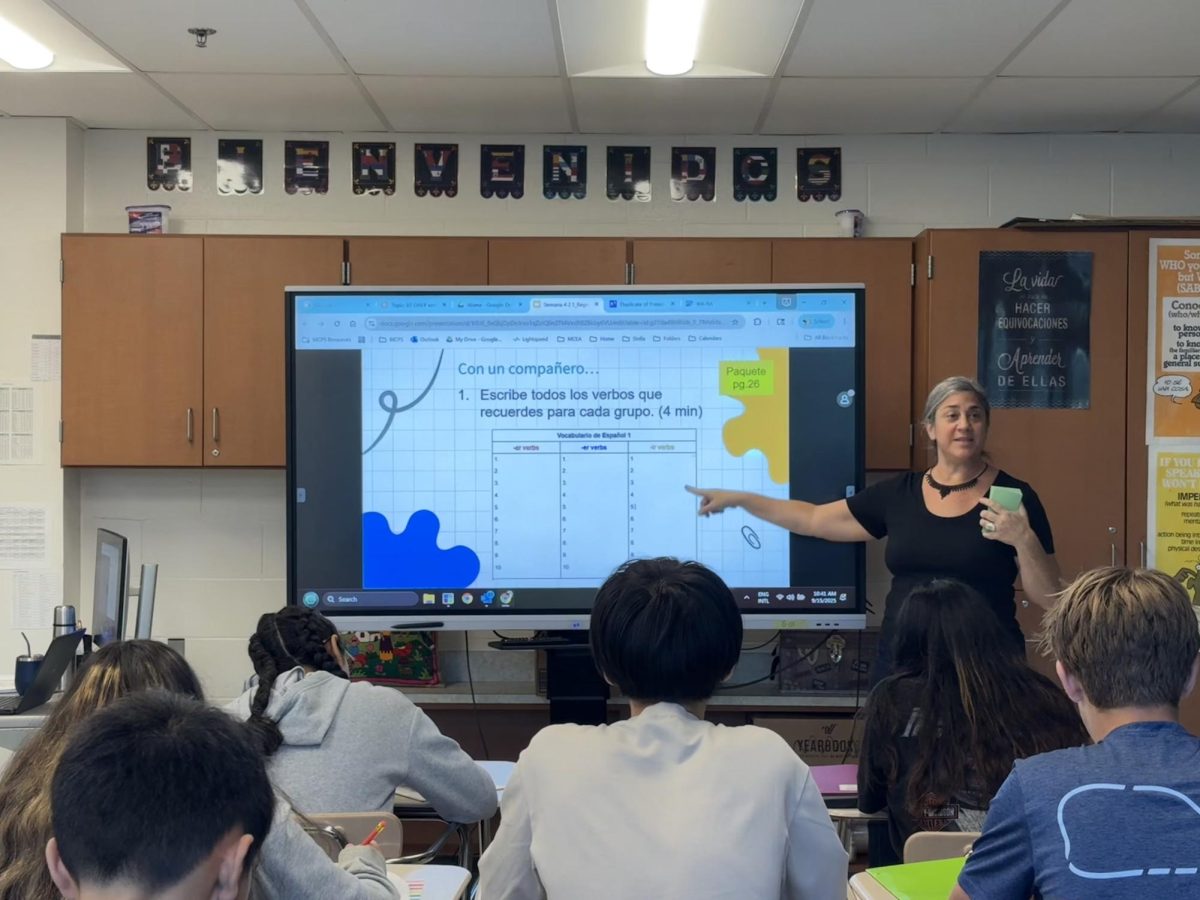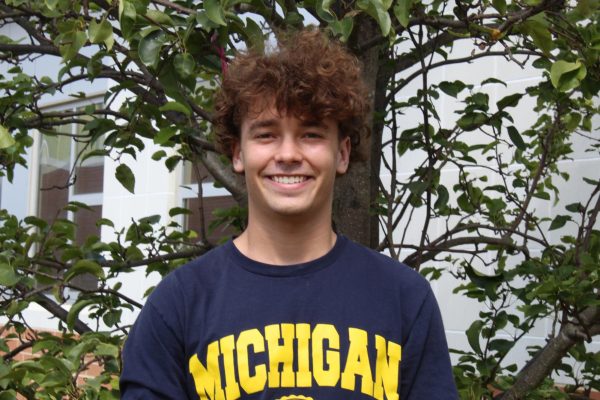The Trump administration’s recent crackdown on immigration, which has come in the form of increased deportations, arrests and raids by Immigrations and Customs Enforcement (ICE), has caused a large amount of uncertainty and debate across the country. With Montgomery County having the highest percentage of immigrant residents of any county in Maryland, MCPS is no exception to this; the issue is on most people’s minds, regardless of citizenship or immigration status.
As a result, one might ask a simple question: what is life actually like for immigrants in Montgomery County and at WJ?
Because people migrate to MoCo from all over the world, the question is a complex one to answer. Between newcomers from Latin America to Europe to West Asia, there are some interesting commonalities in their experiences.
The first one of these commonalities is the language barrier. English is a notoriously tough language to learn, so coming to the US without any prior experience with it can pose a significant challenge.
“I came to this country eight months ago, and I only spoke a few words. Now I’ve improved, but it’s still a bit complicated. The hardest part is the accent and the pronunciation,” sophomore Diego Martinez, an immigrant from France, said.
This is a common issue for immigrants across the US; but an extra dimension of difficulty for high school students, especially at WJ, is slang. Learning a language gets a lot more difficult when you find out that many of the words people use on a regular basis aren’t available in any dictionary.
“When you learn English, nobody’s gonna teach you teenager slang, so when I moved here I had to ask way too many questions about what stuff meant,” junior Eshel Cohen-Zamir, an immigrant from Israel, said.
Cultural differences between the US and immigrants’ countries of origin, especially in a school as diverse as WJ, can also require some adjustments. WJ Spanish teacher Samuel Álvarez-García, who emigrated from Puerto Rico in 2019, has adapted to those differences through his teaching.
“I have a lot of different cultures here in one classroom, in Puerto Rico it was just Puerto Ricans. This big conversation about racism and race, we don’t have in Puerto Rico, [so] that is a situation I’m trying to understand here because it’s not the experience I had there,” Álvarez-García said. “I am always trying to make sure that my kids understand that they are valued.”
Although it’s the motivation for many immigrant’s move to the US in the first place, the educational experience itself can also be a sharp contrast.
“In Israel there’s a lot more focus on a sense of community, while here there’s a lot more focus on individual accomplishments. Here, they try to get each student to do their absolute best, while in Israel they try to get the group as a whole to do its best,” Cohen-Zamir said.
Language adjustments and teaching styles are definitely a challenge, but the gravest issue for most immigrants is still the effects of current events. Although MCPS doesn’t collect immigration status information and has established a clear protocol for interactions with immigration enforcement officers, many of WJ’s immigrants are still concerned for their community’s security.
“We [teachers] got an email related to how we are supposed to act in case our school building had a visit that we were not waiting for,” Álvarez-García said. “I have students that are immigrants that I’m not asking them if they’re, I will use a word that I don’t like, legal or illegal, because they are my students and I don’t care about any other thing.”
No matter what’s going on in the news and what tough cultural adjustments they have to go through, the immigrants of WJ will no doubt continue to contribute their unique perspectives and cultures to our community.



